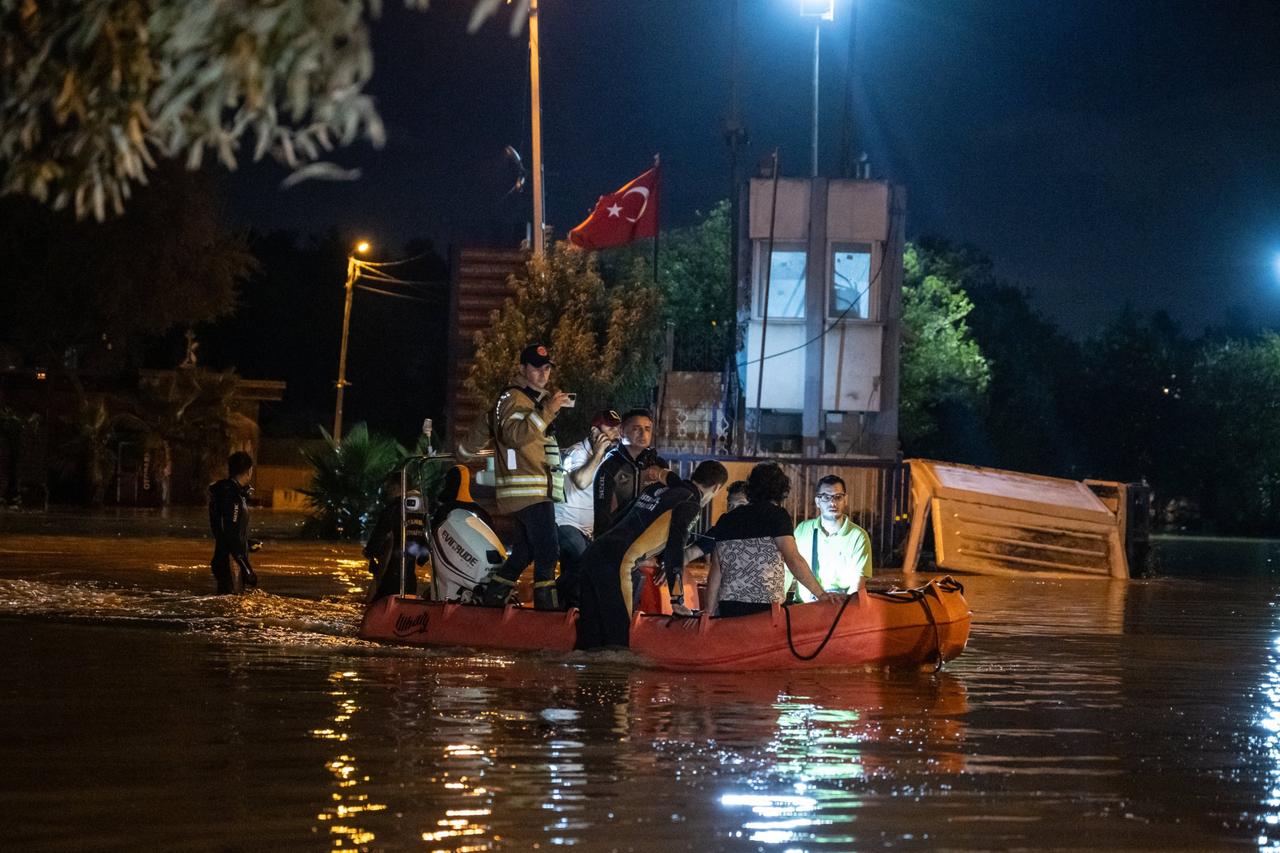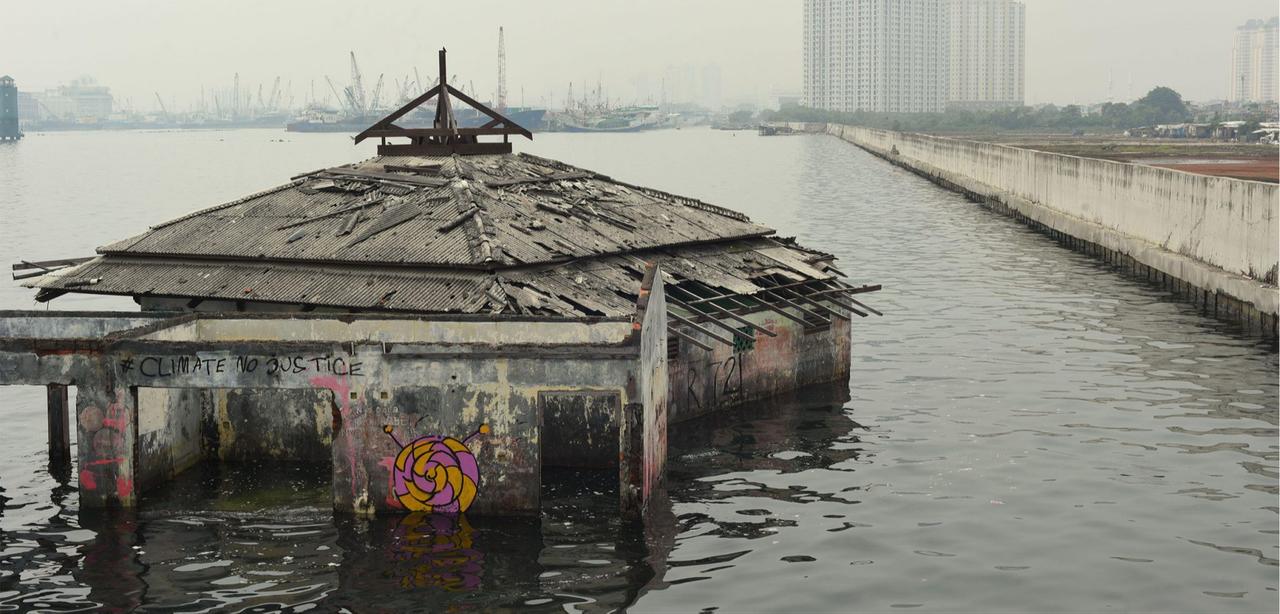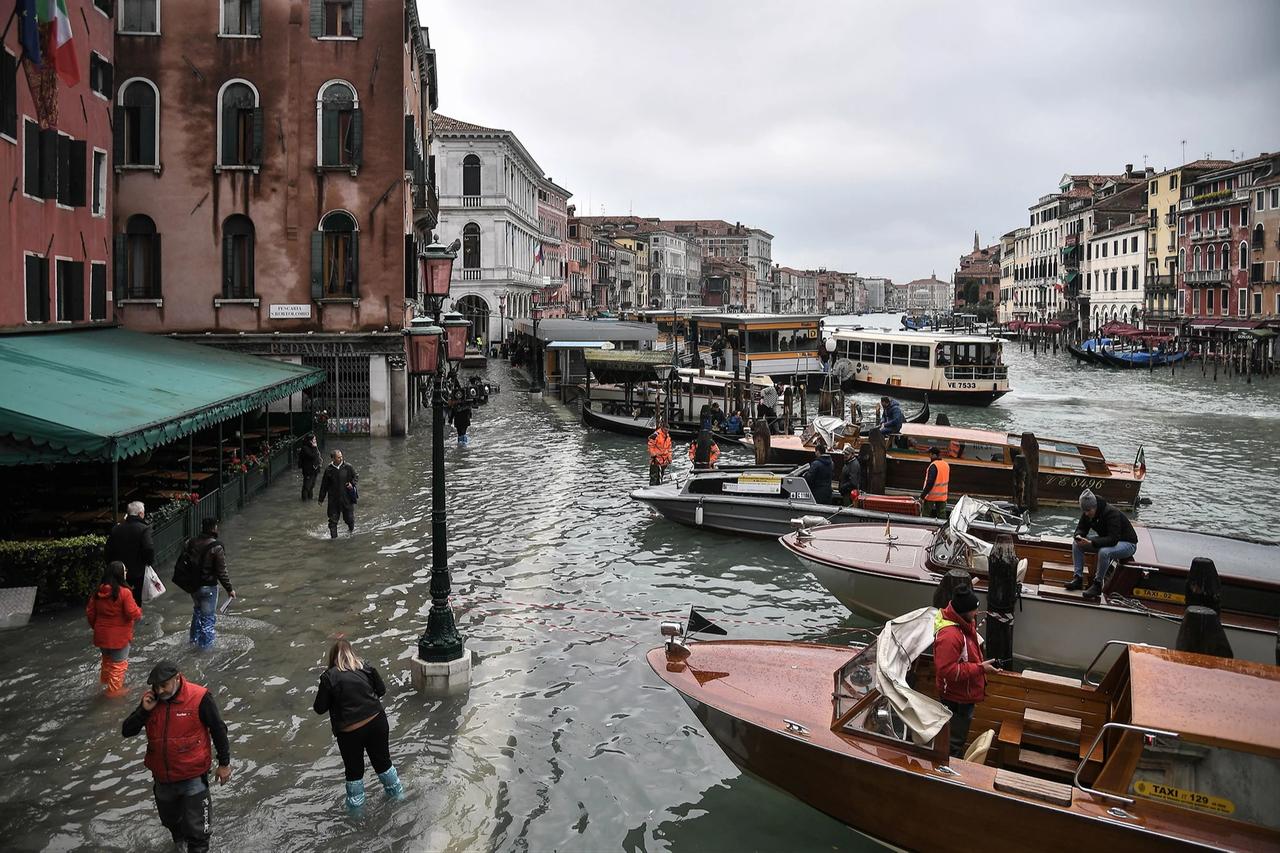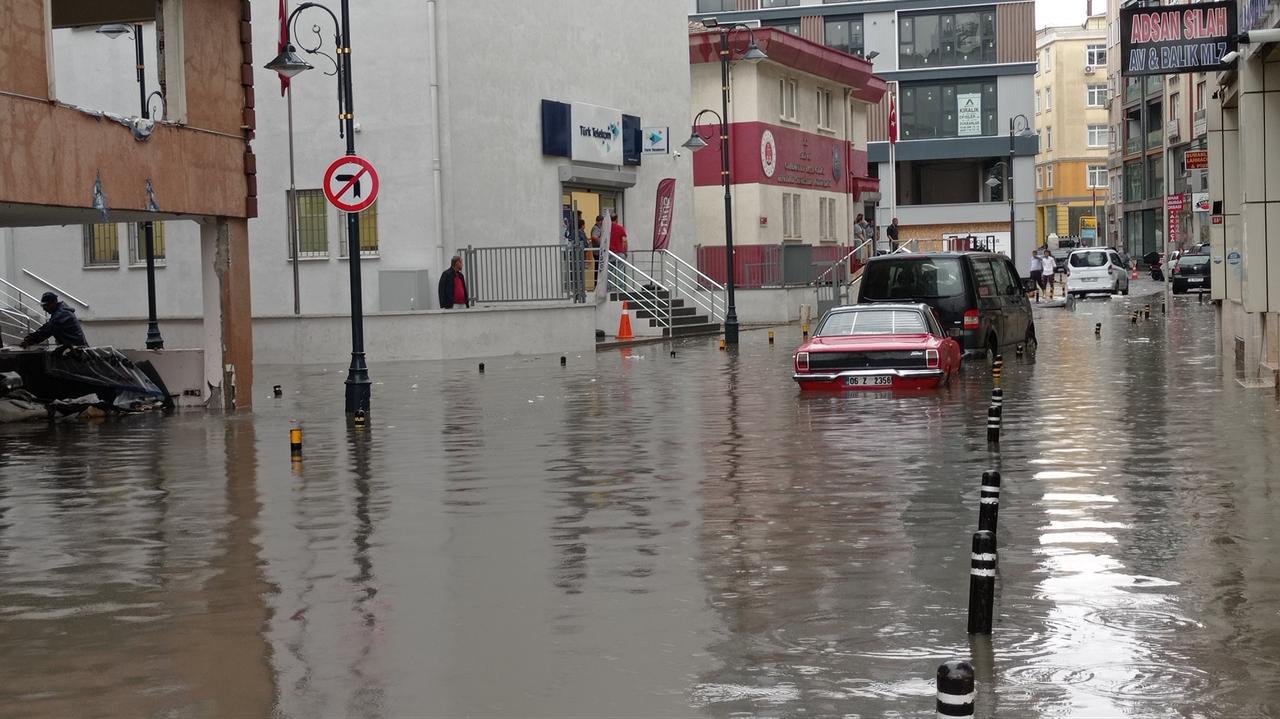
Global temperature increase and rising sea levels are reshaping coastlines around the world. Several major coastal cities are already experiencing flooding, erosion, and land subsidence, and some may face severe challenges by the end of the century.
However, while international discussions often highlight cities such as Jakarta, Lagos, Houston, and Venice, recent social media claims suggesting that cities like Istanbul and Izmir in Türkiye are at immediate risk are not supported by the scientific work that originally raised concern about sea-level rise.

In some regions, land is sinking due to excessive groundwater pumping, which alters underground pressure and causes the ground to settle. Jakarta is one of the most prominent examples, with parts of the city sinking several inches per year. The Indonesian government has begun relocating its capital to reduce long-term flood risk.
Lagos in Nigeria is facing a different challenge; its low coastline is highly vulnerable to erosion and storm surges. Studies have suggested that continued sea-level rise could have a major effect on daily life in the region.
In the United States, parts of Houston and New Orleans are subsiding at measurable rates. When sinking land combines with increasingly intense storms, flooding events can become more damaging and more frequent.

Dhaka in Bangladesh, despite contributing a very small fraction of global emissions, is likely to be strongly affected by rising seas in the future. Venice in Italy continues to experience periodic flooding, prompting the construction of a large flood barrier project known as Mose. Although this system has been under development for years, not all of its components have yet been completed.
Virginia Beach and Miami in the United States face rising sea levels combined with geological sinking, creating complex urban planning challenges. In Bangkok, flooding concerns led to the creation of an engineered park designed to temporarily store rainfall during seasonal storms.
New Orleans, Alexandria, and Rotterdam each face rising seas to varying degrees, and infrastructure responses differ based on geography and available resources.

In recent years, news headlines and social media posts have circulated predictions that Istanbul or Izmir may “sink” or become submerged by 2100. However, these claims stem from misinterpretations of a coastal risk visualization tool developed by the climate research organization Climate Central—not from a scientific paper stating that these cities will disappear.
The Climate Central Coastal Risk Screening Tool allows users to view water-level projections under different sea-rise scenarios. A February 2022 article used the tool’s visual maps to illustrate possible flooding risks in global cities if sea levels rise by 1.5 meters. This value was applied as a scenario, not as a confirmed prediction.
The methodology involved selecting 36 of the world’s most visited coastal cities and comparing projected water levels with major tourist locations. Cities were ranked by population to estimate how many people could be affected in a worst-case scenario. The projection assumed no global reduction in emissions and did not distinguish between temporary flooding, storm surge exposure, and permanent submergence.

It visualizes possible outcomes under hypothetical conditions, and the maps were later circulated without the context of those assumptions. This has contributed to confusion and misinformation in public discussions.
Some global cities are indeed experiencing land subsidence combined with rising seas, which may pose increasing challenges. However, claims that Istanbul or Izmir are among them are not supported by the scientific findings referenced in the widely shared maps.